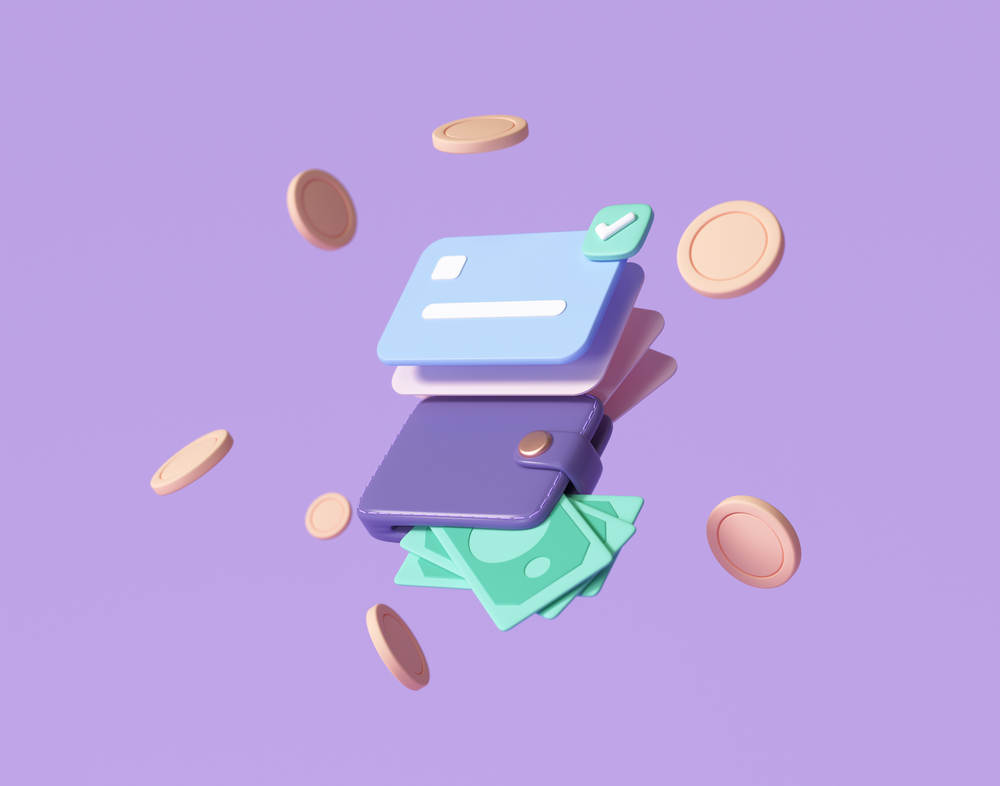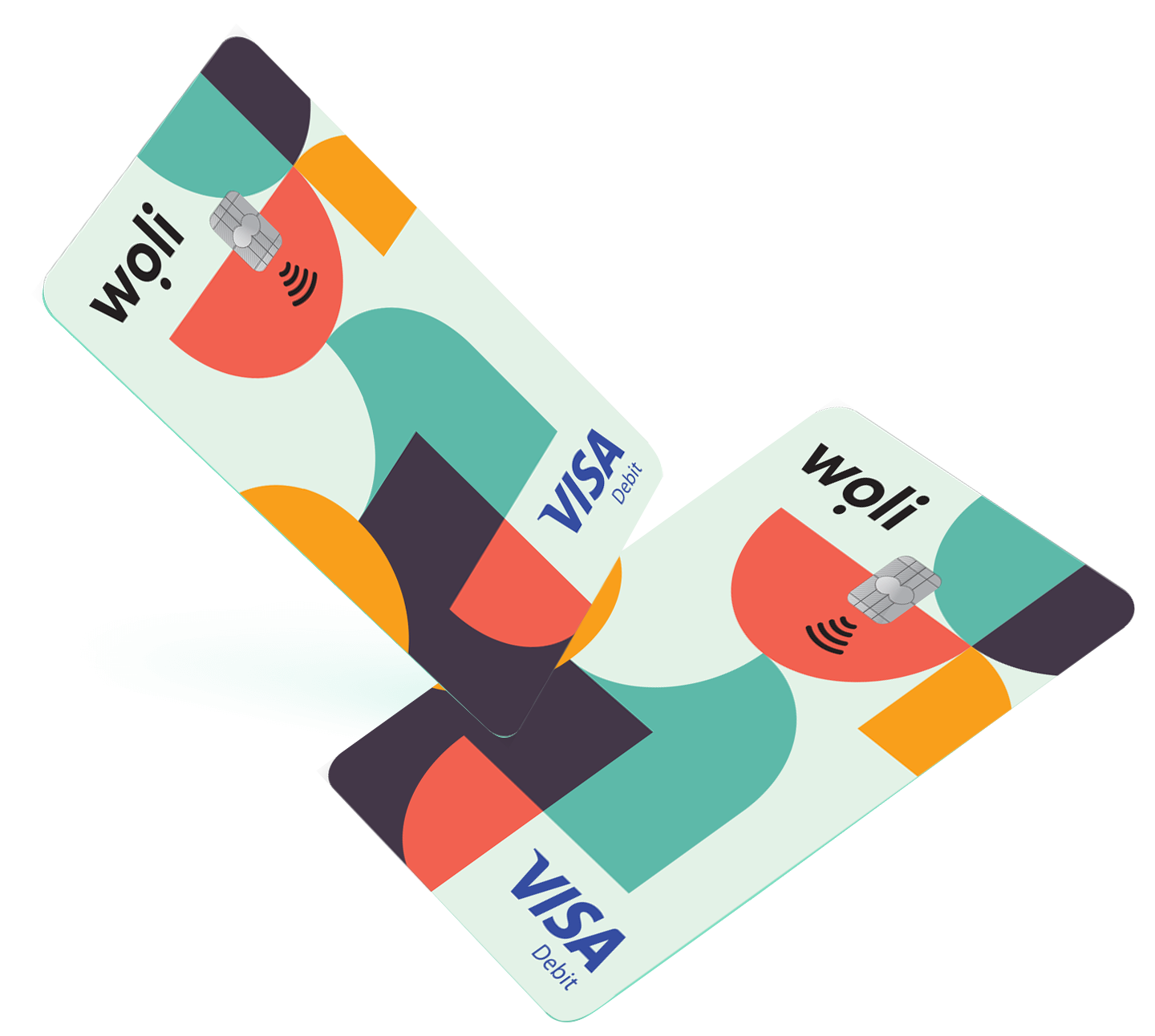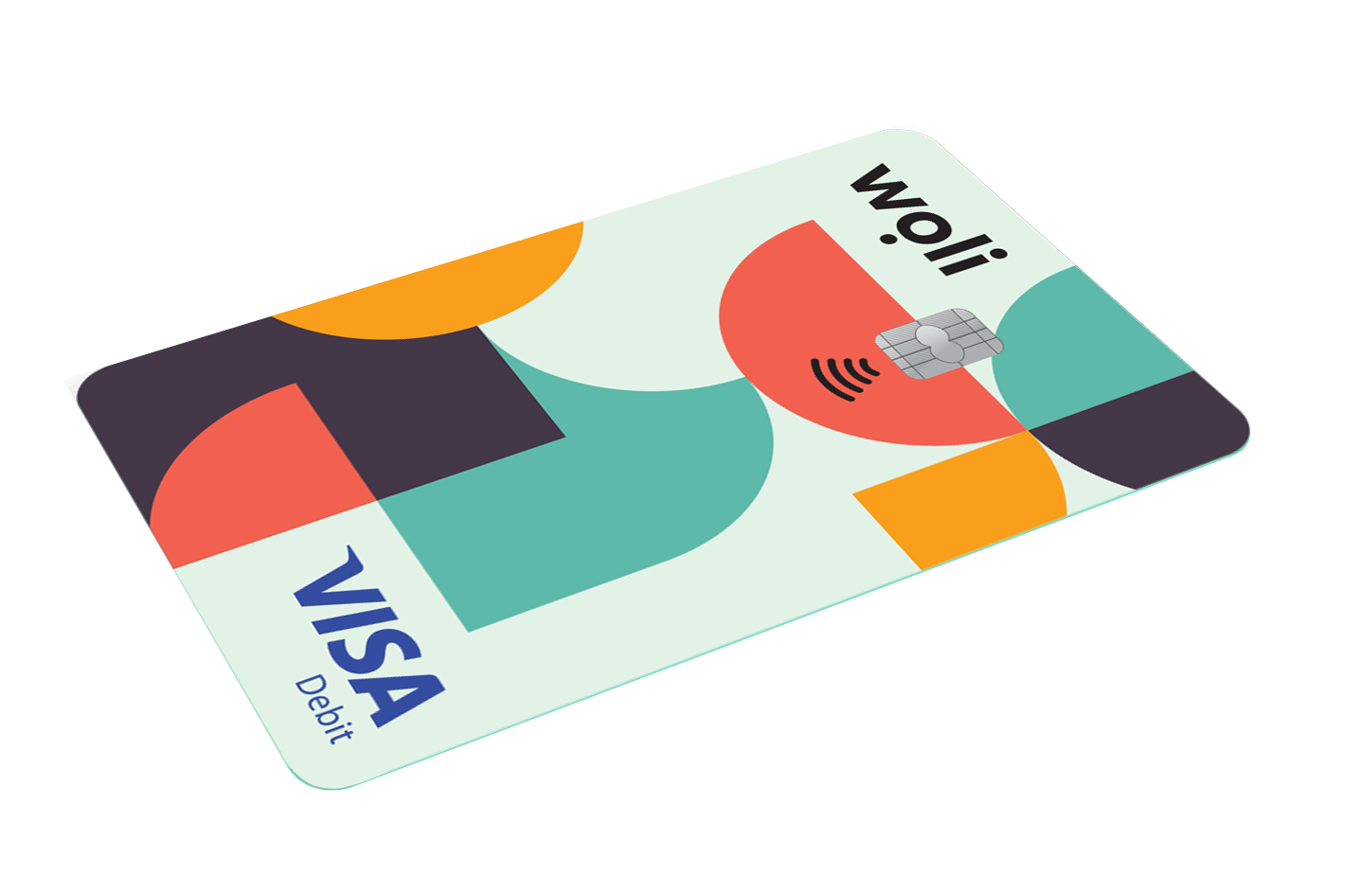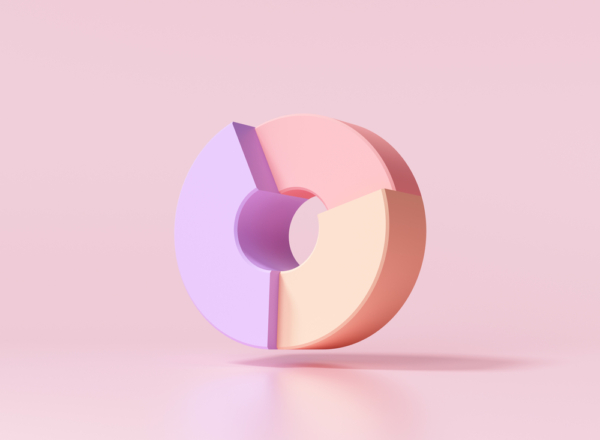Having already referred to the concept of money and its evolution over time, here we will discover its functions and properties. This will help you understand more “globally” what we call money nowadays, helping you to manage it better in your daily life.
To begin with, it is good to know that money has three (3) key roles in our economy. Initially, it is a means of storing wealth, since – if you think about it – it is a way to maintain and transfer one’s income from the present to the future. A second basic function of money, as we have already mentioned, is that it serves as a means of exchange. This means that people use it in their lives to pay for goods and services they need and desire. The third basic function of money is that it is an acceptable unit of measurement for the cost of goods and services that exist in a society. Simply put, people have agreed to use money as a fixed unit of measurement, for example in the form of currencies, to be able to give prices to the products and services they trade every day.
In addition to the basic functions that we have just mentioned above, the reason that man insists over time on using money in his life are some important qualities – advantages that it is good to know. First, money is easily stored and transferred almost everywhere either in your pocket or in your Woli account! Still, it is divisible, which means that it can be divided and divided into different sizes. Another very useful property is that it is easily recognizable and accepted by all people. Finally, money nowadays has the very important advantage (property) that it does not have any intrinsic value. The paper on which the banknotes are printed, for example the euro, practically does not cost anything.Therefore, the quantity that can be created is theoretically unlimited.









